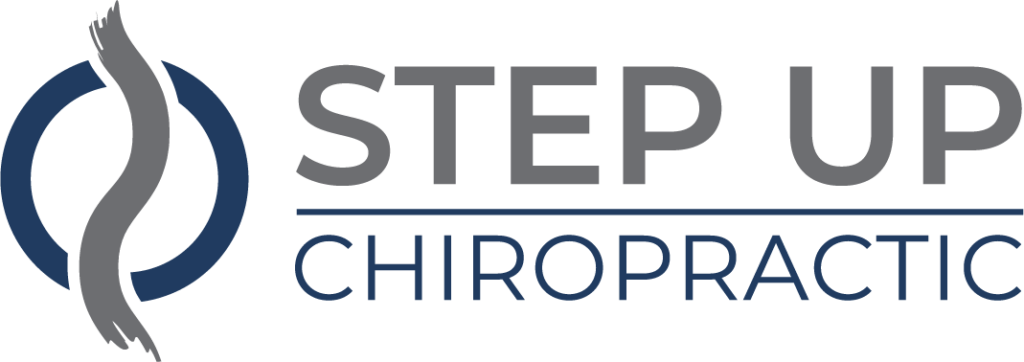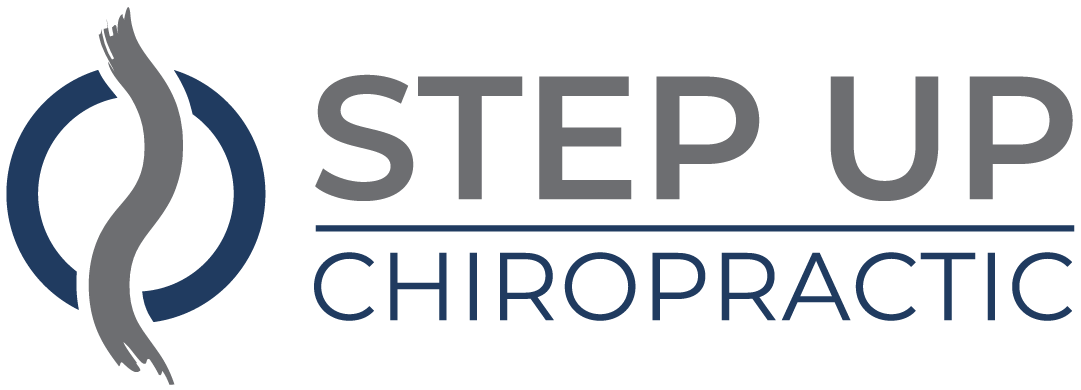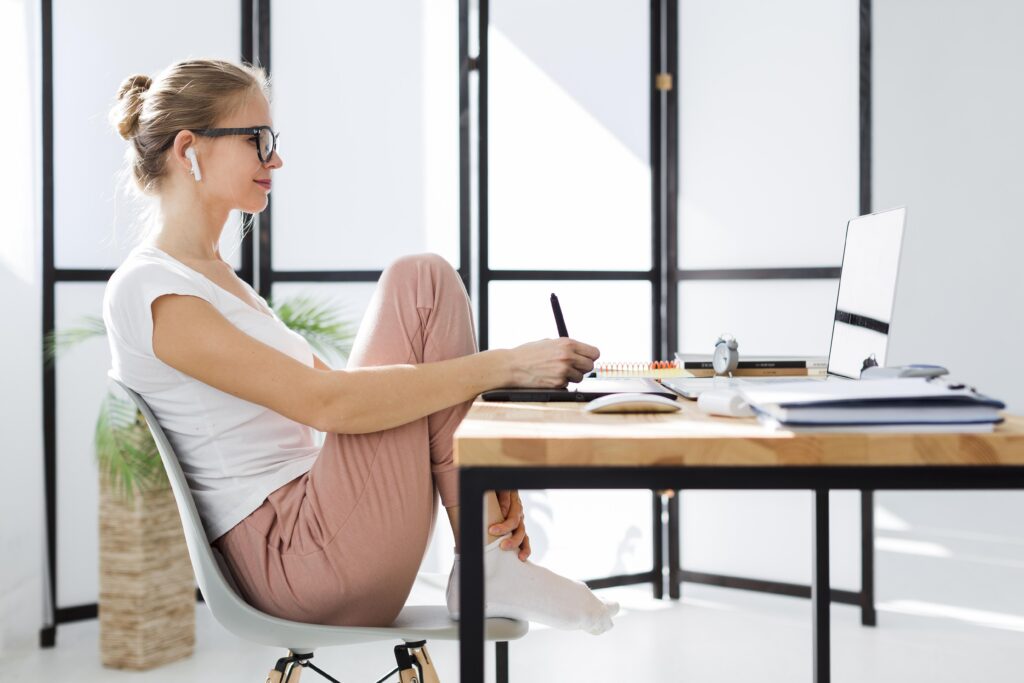If you've ever struggled with lower back pain, you know how it can affect your daily life. Fortunately, there are practical techniques you can incorporate to find relief. From simple stretches that ease tension to exercises that build strength and stability, you have options at your fingertips. Additionally, examining your posture and making ergonomic adjustments can further safeguard against strain. Curious about which methods might work best for you? Let's explore some strategies that can help access that relief and improve your overall well-being.
Understanding Lower Back Pain
Lower back pain affects millions of people, making it one of the most common health issues today. It can stem from various causes, and understanding these can help you find relief. You might experience this pain due to muscle strain, herniated discs, or even poor posture. Sometimes, it's simply the result of everyday activities, like lifting something heavy or sitting for long periods.
When you deal with lower back pain, it's important to recognize the difference between acute and chronic pain. Acute pain usually comes on suddenly and lasts for a few days to weeks, while chronic pain persists for three months or longer. Knowing which type you're experiencing can guide your approach to treatment.
You should also consider the role of your lifestyle in contributing to lower back pain. Factors such as obesity, lack of exercise, and even stress can exacerbate your discomfort. Maintaining a healthy weight and staying active can greatly reduce your risk of developing pain.
Additionally, understanding how your daily habits affect your back can empower you to make necessary changes.
Lastly, it's vital to listen to your body. If something doesn't feel right, don't ignore it. Early intervention can prevent minor issues from becoming major problems. By familiarizing yourself with the causes and types of lower back pain, you can take proactive steps to manage it effectively and improve your quality of life.
Effective Stretching Techniques
Addressing lower back pain effectively often involves incorporating stretching techniques into your routine. Stretching can improve flexibility, relieve tension, and promote better posture, all of which can alleviate discomfort in your lower back.
One effective stretch is the knees-to-chest stretch. Lie on your back with your knees bent and feet flat on the floor. Gently pull one knee toward your chest while keeping the other foot grounded. Hold for 15-30 seconds, then switch legs. This stretch helps loosen your lower back and hip muscles.
Another beneficial stretch is the cat-cow stretch. Start on your hands and knees in a tabletop position. Arch your back upward while tucking your chin to your chest (cat position), then lower your belly, lift your head, and let your back sag (cow position). Flow between these two positions for around 30 seconds. This dynamic stretch increases spinal flexibility and reduces tightness.
The child's pose is also great for relieving lower back tension. Kneel on the floor, sit back on your heels, and stretch your arms forward on the ground while lowering your forehead to the mat. Breathe deeply and hold the pose for 30 seconds or longer, feeling the gentle stretch along your back.
Incorporating these stretches into your daily routine can greatly enhance your comfort and mobility, making it easier to manage lower back pain effectively.
Remember to listen to your body and only stretch within your comfort zone.
Strengthening Exercises
To effectively support your lower back, incorporating strengthening exercises into your routine is essential. These exercises help build the core muscles that stabilize your spine, reducing the risk of injury and alleviating pain. When you strengthen your core, you provide better support for your lower back during daily activities.
Start with basic exercises like planks and bridges. To perform a plank, position yourself face down with your forearms on the ground and your body in a straight line. Hold this position for 20-30 seconds, gradually increasing the duration as you get stronger.
Bridges involve lying on your back with your knees bent and feet flat on the floor. Lift your hips toward the ceiling, hold for a few seconds, and lower back down. This exercise targets your glutes and lower back muscles.
Incorporate bird dogs into your routine as well. Start on your hands and knees, then extend one arm and the opposite leg simultaneously, keeping your hips level. Hold for a few seconds before switching sides. This exercise enhances stability and coordination.
Aim to perform these exercises 2-3 times a week. Consistency is key; over time, you'll notice improvements in your strength and a reduction in discomfort.
Remember to listen to your body and avoid pushing through pain. If you're unsure about your form, consider consulting a fitness professional. Strengthening your core not only supports your lower back but also enhances your overall physical well-being.
Posture and Ergonomics
Your posture and workspace setup play an essential role in preventing lower back pain.
By adjusting your sitting position and optimizing your desk setup, you can greatly reduce strain on your back.
Let's explore how these changes can make a difference in your daily comfort.
Proper Sitting Position
Many people underestimate the impact of proper sitting position on their overall back health. When you sit incorrectly, you put unnecessary strain on your lower back muscles and spine, which can lead to chronic pain and discomfort.
To maintain a healthy posture, you should keep your feet flat on the floor, with your knees at or slightly below hip level. This alignment helps distribute your weight evenly and reduces pressure on your back.
Next, make certain your back is fully supported by the chair. Use a chair that promotes lumbar support, or add a small cushion to maintain the natural curve of your lower back. Your shoulders should be relaxed but not slouched, and your elbows should rest at about a 90-degree angle while typing or using a mouse.
Finally, take regular breaks to stand, stretch, and move around. Sitting for long periods can tighten muscles and decrease circulation, so make it a habit to change positions frequently.
Desk Setup Tips
Although creating an ergonomic desk setup might seem intimidating, it's essential for preventing lower back pain and promoting overall comfort while you work.
Start by adjusting your chair so your feet rest flat on the floor, with your knees at a 90-degree angle. If your chair is too high, use a footrest to achieve this position.
Next, position your computer monitor at eye level, about an arm's length away. This helps reduce neck strain and keeps your spine aligned.
Your keyboard and mouse should be close enough that you can keep your elbows at your sides, creating a 90-degree angle at your elbows. Your wrists should remain straight and not bent upwards.
Don't forget to keep frequently used items within arm's reach to minimize twisting and stretching. It's also beneficial to use a chair with good lumbar support or add a cushion that supports your lower back.
Finally, take regular breaks to stand, stretch, and walk around. This not only relieves tension but also encourages better circulation.
Lifestyle Modifications
Making simple lifestyle modifications can greatly alleviate lower back pain. By making a few adjustments to your daily routine, you can support your spine and reduce discomfort. Here are some effective changes you can incorporate:
- Stay Active: Engage in regular physical activity to strengthen your core muscles, which support your lower back. Aim for at least 30 minutes of moderate exercise most days.
- Practice Good Posture: Whether you're sitting, standing, or walking, maintaining proper posture can greatly reduce strain on your back. Keep your shoulders back, and your head aligned with your spine.
- Manage Your Weight: Carrying excess weight can put additional pressure on your lower back. Focus on a balanced diet and regular exercise to maintain a healthy weight.
In addition to these changes, consider your sleep habits. A supportive mattress and sleeping position can greatly impact your back health. If you sleep on your side, placing a pillow between your knees can alleviate pressure.
If you prefer sleeping on your back, placing a pillow under your knees may provide additional support.
Lastly, be mindful of how you lift objects. Always bend your knees, and keep the object close to your body to avoid straining your back.
Alternative Therapies
If lifestyle modifications alone aren't enough to alleviate your lower back pain, exploring alternative therapies can provide additional relief. Many people find that combining traditional treatments with alternative approaches enhances their recovery. Here are some options you might consider.
Acupuncture is a popular choice for many. This ancient practice involves inserting thin needles into specific points on your body to stimulate healing. Research suggests it can help reduce pain and improve mobility, making it worth a shot.
Chiropractic care is another effective option. Chiropractors use manual adjustments to align your spine, which can relieve pressure on nerves and reduce pain. Regular visits can also help maintain spinal health and prevent future issues.
Massage therapy is also beneficial. A skilled massage therapist can target tense muscles in your lower back, promoting relaxation and improving blood flow. You may find that a combination of deep tissue and therapeutic massage works wonders.
Herbal remedies and supplements can play a role too. Turmeric, for example, has anti-inflammatory properties that might help ease discomfort. Just be sure to consult with a healthcare professional before adding any supplements to your regimen.
Lastly, yoga and mindfulness practices can help you manage pain by promoting relaxation and flexibility. Incorporating these practices into your routine can enhance your overall well-being and provide long-term relief.
Conclusion
Incorporating these techniques into your daily routine can lead to significant relief from lower back pain. By understanding the causes, practicing effective stretches, strengthening your core, and maintaining good posture, you're setting yourself up for long-term health. Don't forget to make lifestyle modifications and explore alternative therapies that resonate with you. Remember, consistency is key, so stay committed to these practices, and you'll be on your way to a more comfortable, pain-free life.




